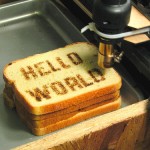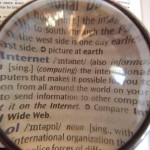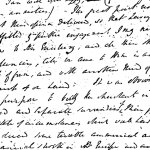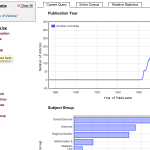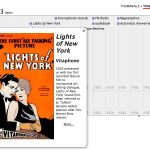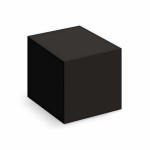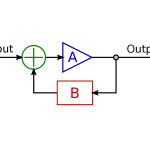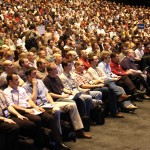Tuesday, October 11th
Overview: Since most humanities projects are steeped in the logics and legacies of print and electronic text, the use of other media (e.g., digital video, audio, maps, data visualizations, and images) is still somewhat rare as a form of scholarship. How do we persuade with images? Integrate video or maps into historical projects? Balance text-based claims with elements of audio? In so doing, how do we recognize the various ways in which new media incorporate, rather than simply replace, old media? What kinds of interpretative practices do multimodal environments require, especially as media recursively relate with reading, listening, viewing, and attention behaviors? And what happens when we shift our attention from specific media to the very software we use on a routine basis? Indeed, what is the stuff of software?
Reading Due: (1) “The Double Logic of Remediation” (through page 15) (from Remediation) by Jay David Bolter and Richard Grusin, and (2) “Introduction: The Stuff of Software” (from Software Studies: A Lexicon) by Matthew Fuller
Suggested Reading: (1) “Getting Started: Multimedia” (in Digital History) by Dan Cohen and Roy Rosenzweig, (2) “Cultural Software” by Lev Manovich, and (3) excerpts from The New Media Reader
Suggested Viewing: “Shifting Attention” (below) by Cathy Davidson (speaking about her book, Now You See It)
Assignment Due: Start gathering primary evidence for your cluster’s project. What “evidence” implies will vary from project to project. That said, I’ll be sure to give you some guidance here. However, each cluster member should gather at least five sources (e.g., journal article, audio interview, historical image, or creative video), and all sources should be brought to Tuesday’s lab. (You might consider storing them in the cloud AND on a flash drive.) As a group, the cluster should gather at least three different media forms (e.g., text, audio, video, or images). Since this is an introductory course, your media composition competencies do not need to be expert. In fact, I encourage you to experiment with media and software new to you, especially if your cluster is gathering place-based material (e.g., from somewhere on campus). Feel free to privilege documentation (or recording) over post-production (e.g., professional editing in Final Cut). During our lab session, I’ll also want to know what software you are, or will be, using for your projects.
Outcomes: Distinguish between media and software studies. Identify how the two fields might intersect with, as well as brush against, the digital humanities. Determine what software each cluster will be using and also concretize each group’s workflows and timelines. Ask where evidence is missing and explain how those gaps might be addressed.
Friday, October 14th
NO CLASS (Jentery’s in Nebraska)
Assignment Due: Comment on Blog Entry #3 (question circulated during class on Tuesday, October 11th)
Outcomes: Catch your breath. Step away from the screen. Go off-grid.
Index image is a screenshot of this video by UVic Lipdub.
